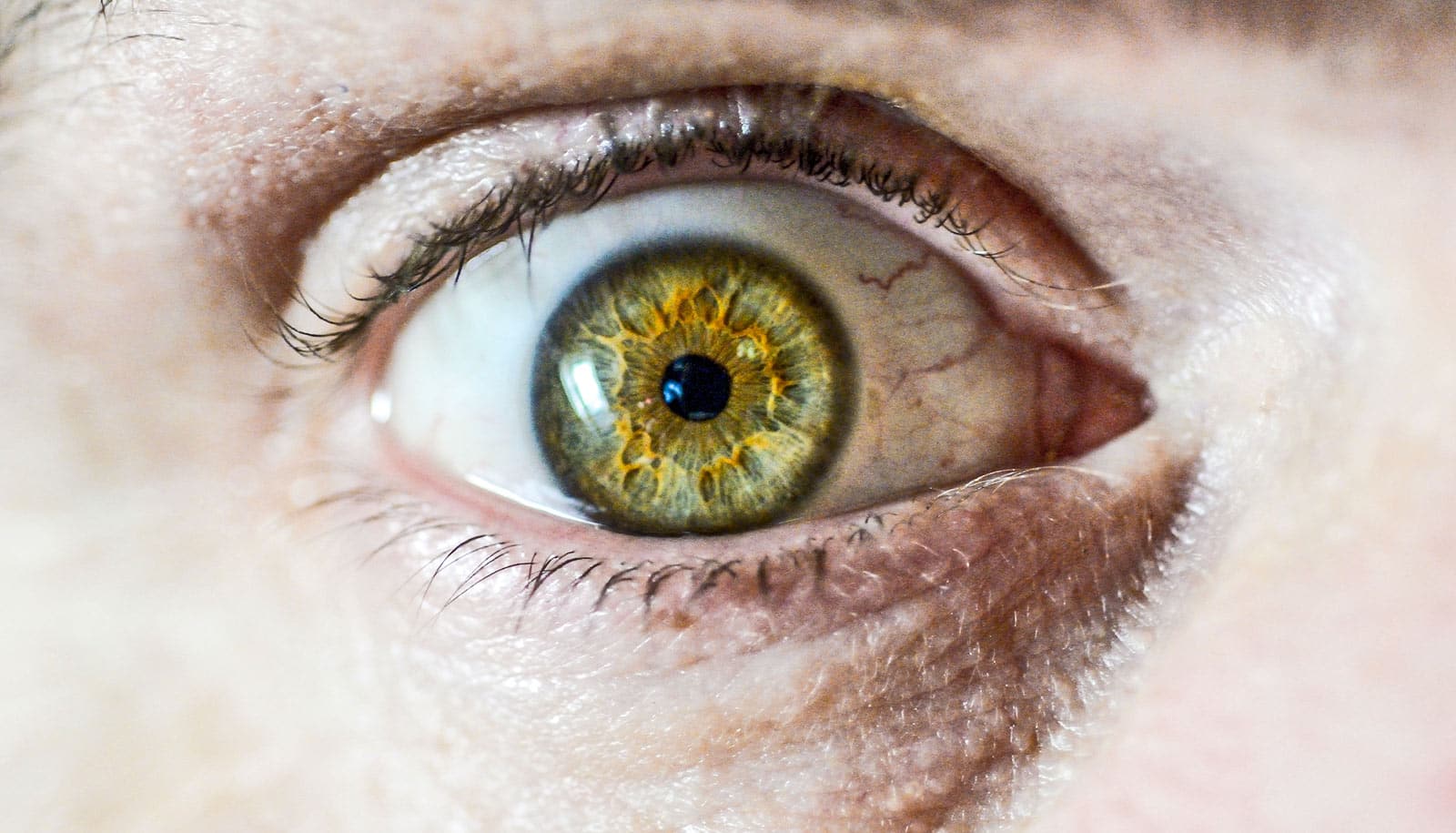
(Credit: Getty Images )
PTSD psychotherapy changes the brain’s ‘traffic’
Trauma-focused psychotherapy is one of the best PTSD treatments. New research clarifies how it actually works to change the brain.
Researchers have used neuroimaging to examine how psychotherapy for people with PTSD changes the brain areas responsible for generating emotional responses to threats.
Trauma-focused psychotherapy is widely considered the best available treatment for post-traumatic stress disorder (PTSD). However, the ways in which this method affects the brain to promote recovery from PTSD are not well understood.
“We know that psychotherapy works. But we don’t have a lot of good data to explain how it works, how the brain is changed by going through this process,” says lead author Greg Fonzo, an assistant professor in the psychiatry and behavioral sciences department at Dell Medical School at the University of Texas at Austin and lead author of the study in Biological Psychiatry . “That’s what we sought to find out.”
Post-traumatic stress disorder may occur in people who have experienced or witnessed a traumatic event such as war or combat , sexual assault, a natural disaster, or a terrorist act. Symptoms can include flashbacks, nightmares, and severe anxiety, as well as uncontrollable thoughts about the event.
Trauma-focused psychotherapy is a treatment that helps people recover from a traumatic event, using techniques such as “in vivo exposure,” which involves directly facing a feared object, situation, or activity in real life, and “imaginal exposure,” which involves facing the trauma memory. A person who is afraid of crowds, for example, may be repeatedly exposed to large gatherings.
“At first, that patient will obviously experience fear or whatever negative emotion is triggered by being in a crowd,” says Fonzo, who also holds a courtesy appointment in the psychology department. “But it’s like looking at a fire from behind a window. It appears to be a dangerous situation, but the person is actually quite safe. After a while, the fire will burn out, and the person recognizes there was no actual danger. And so that process eventually promotes new learning in the brain.”
Fonzo and his colleagues used functional magnetic resonance imaging (fMRI) scans to identify how brain networks communicate with one another before and after treatment. Specifically, they measured the degree of communication or “traffic,” known as functional connectivity, between areas of the brain responsible for emotion and regions of the cortex in charge of logic and thinking.
“What we discovered was a reduction in traffic between these brain regions among patients who had undergone trauma-focused psychotherapy,” says Fonzo. “In fact, greater connectivity changes were associated with bigger symptom reductions. This restructuring of brain communication may be a unique signature of PTSD recovery.”
Fonzo says the findings could change the way doctors treat people who suffer from PTSD.
“Now that we have a better understanding of the brain mechanisms underlying psychotherapy, we may be able to use this information to develop new and better treatments for people with PTSD,” he says.
Source: UT Austin
The post PTSD psychotherapy changes the brain’s ‘traffic’ appeared first on Futurity .
Share this article:
This article uses material from the Futurity article, and is licenced under a CC BY-SA 4.0 International License. Images, videos and audio are available under their respective licenses.
Related Articles:
Can we manipulate memory to fight anxiety?
Sept. 18, 2019 • futuritySeeing trauma triggers changes in the brain
March 18, 2025 • futurityLinks/images:
- https://doi.org/10.1016/j.biopsych.2020.11.021
- https://www.futurity.org/veterans-grief-loss-2204332/
- https://www.futurity.org/exposure-therapy-benefits-teen-girls-ptsd/
- https://dellmed.utexas.edu/news/unlocking-ptsd-new-study-reveals-why-trauma-focused-psychotherapy-treatment-works
- https://www.futurity.org/psychotherapy-ptsd-brains-2508462/
- https://www.futurity.org


